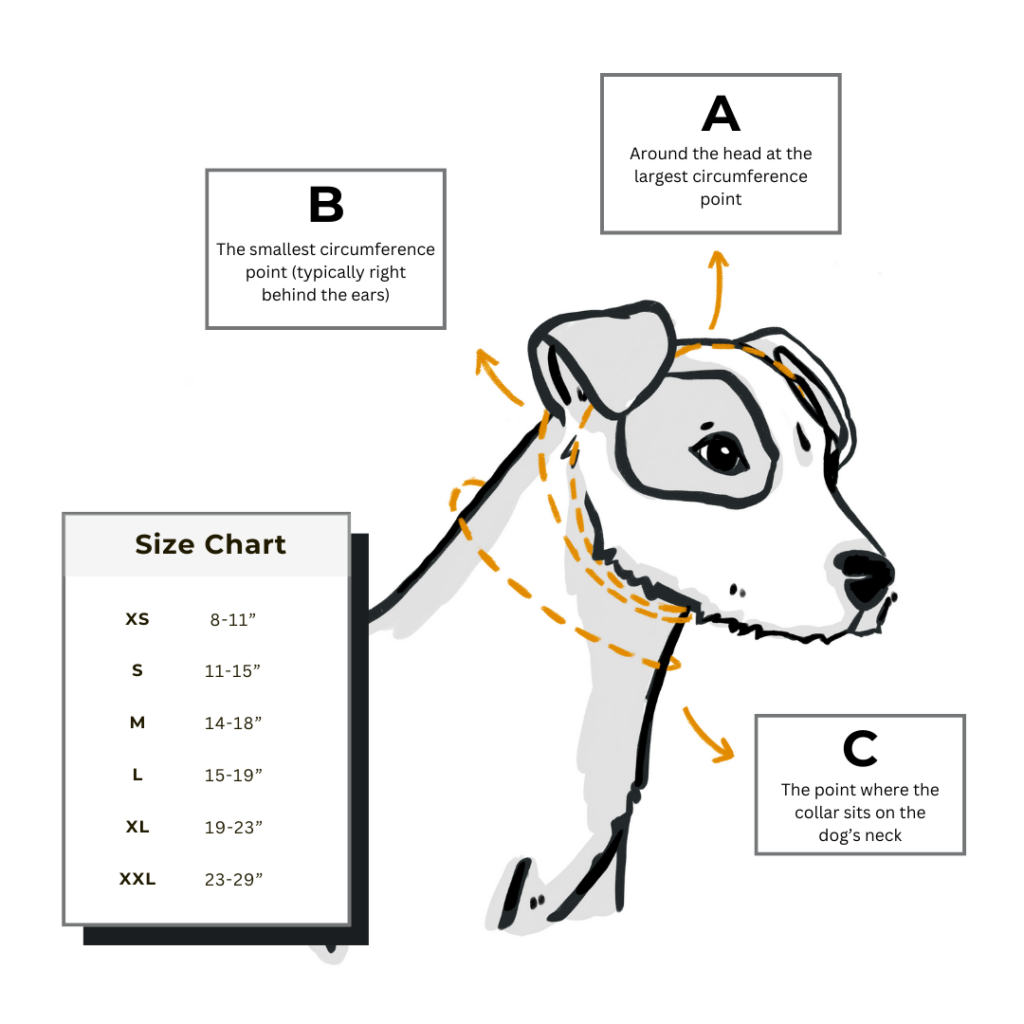Collars
How to Measure
Martingale Collar:
"Perfect for those who pull or backout.”
The message is getting out
Martingale style collars are not only for sighthounds such as Greyhounds, Whippets, Boston Terriers, Afghans, Borzois, Salukis and the like, those whose necks are as large or larger than their heads. These collars have gained popularity among owners of other breeds as well and many trainers now recommend them instead of choke chains or buckle collars.
Let’s go for a walk
Martingale collars, when sized correctly, facilitate a more enjoyable walk by providing you more control without the worry of choking. As your dog pulls, the martingale tightens evenly against the dog’s neck. The martingale differs from the standard plastic or metal buckle as it is designed with two loops – the smaller loop, the “Control Loop,” acts to tighten the larger loop when the dog pulls. The larger loop, the “Adjustment Loop,” is the adjustable one you can modify to be the appropriate size for your dog’s neck, it tightens to restrain without being too tight to choke/cause harm. These two loops work in tandem, causing the collar to tighten when the dog pulls against the leash.
~ All Mackenzie designs are available in the martingale and limited slip styles. ~
How to measure for the correct size for your dog

Using a seamstress tape measure: measure the largest part of your dog’s neck, the smallest part of the neck (usually right behind the ears), and where the collar should sit on your dog’s neck.
Refer to the illustration for guidance on the 3 measurements needed.
If you are ordering a martingale or limited slip collar, you will need measurements A, B, and C. Refer to the size chart and use the largest measurement of these three to choose the appropriate size.
For side release or buckle collars, only measurement C is needed.
